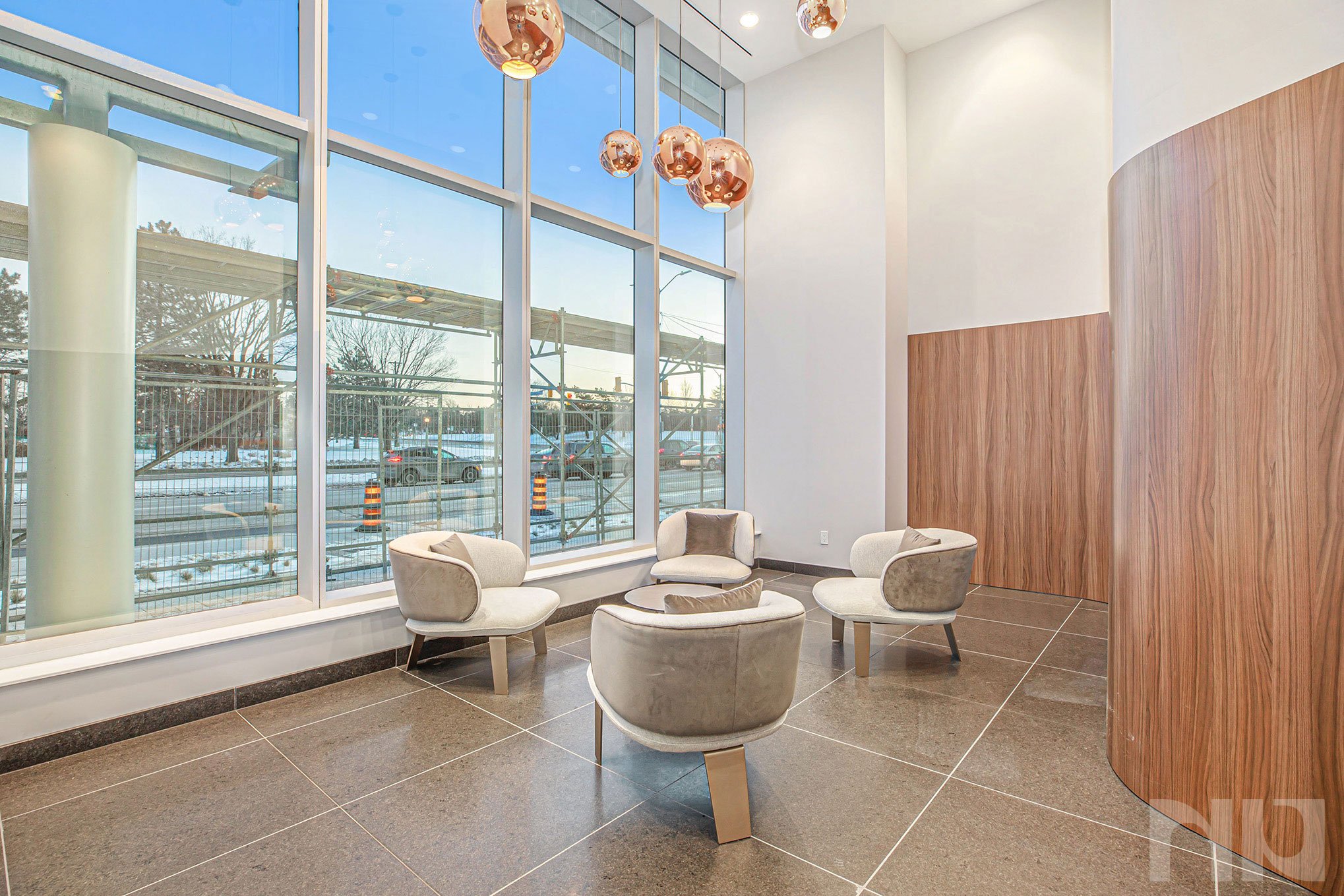Ottawa's real estate landscape includes a fascinating mix of condo conversions that breathe new life into historical buildings. These properties offer residents the charm of the past combined with modern amenities. Here’s a detailed look at some of the most unique condo conversions in Ottawa, focusing on their historical significance and modern appeal.
1. Wallis House (589 Rideau Street)
Historical Significance:
Wallis House is one of Ottawa's oldest and most iconic buildings, originally constructed in 1873 as the Carleton County Protestant General Hospital. Over its history, it served various roles, including a seminary and military barracks. Its long-standing presence in Ottawa makes it a significant landmark, particularly as a symbol of the city’s medical and military history. By the 1990s, the building was in disrepair, but developers saw potential in its rich history and architectural features, leading to its transformation into luxury lofts.
Modern Appeal:
Today, Wallis House offers residents a unique living experience that blends historical architecture with modern comforts. The lofts feature high ceilings, large windows, and exposed brick, maintaining the building's original charm. The property also includes modern amenities like storage lockers, guest suites, and a rooftop terrace with BBQs, offering a blend of old and new in a prime location near Ottawa's downtown.
2. The Warehouse Lofts (95 Beech Street)
Historical Significance:
Located in Little Italy, The Warehouse Lofts originally served as an industrial space, built in 1899. Over the years, it housed various businesses, including a mica works factory, a printing company, and later, a manufacturing facility. This building is a testament to Ottawa’s industrial past, standing as a reminder of the city's diverse economic history during the late 19th and early 20th centuries.
Modern Appeal:
The conversion of the building into residential lofts in 2000 preserved its industrial character, featuring exposed brick walls, wooden beams, and high ceilings. The lofts provide a modern, open-concept living space that appeals to those who appreciate the aesthetic of industrial chic, combined with the conveniences of contemporary urban living. The location in Little Italy adds to its appeal, with close proximity to vibrant community life and excellent dining options.
3. School House Lofts (19 Melrose Avenue)
Historical Significance:
The School House Lofts are located in Hintonburg and were originally built in 1912 as École du Sacré-Cœur, a French-language elementary school. This building is a significant part of Ottawa's educational history, particularly for the Francophone community, and stands as a symbol of the struggles and achievements in Francophone education in Ontario.
Modern Appeal:
Converted into residential lofts in 2009, the building retains much of its educational heritage, with original features like high ceilings, large windows, and exposed brick. The conversion process also respected the building's status as a designated heritage property, preserving its historical essence while updating the interiors to meet modern living standards. The lofts are particularly popular among those who appreciate historic architecture and the vibrant community of Hintonburg.
4. Schoolhouse Square (24 Springfield Road)
Historical Significance:
Schoolhouse Square, located in the New Edinburgh neighbourhood, was originally St. Charles School, built in 1910. After the school closed in 1972, the building found new life through various uses before being converted into condos in 1997. This conversion represents a successful example of adaptive reuse, preserving a piece of Ottawa's educational history while repurposing the building for residential use.
Modern Appeal:
The condos at Schoolhouse Square feature the original school building's architectural elements, such as large windows and high ceilings, creating a charming residential environment. The development also includes newly constructed townhomes in the former schoolyard, offering a secluded and private living space within a historic setting. The location in New Edinburgh adds to the property's allure, providing easy access to some of Ottawa’s best parks and cultural institutions.
5. The Lofts at 120 Holland (120 Holland Avenue)
Historical Significance:
The building at 120 Holland Avenue in Wellington West began as a Laura Secord factory in 1956. The structure is a part of Ottawa’s commercial history, reflecting the city’s mid-20th-century industrial growth. The conversion into lofts in 1998 transformed the space into residential units, marking a shift from its industrial roots to a modern urban living environment.
Modern Appeal:
The conversion retained key industrial features, including the unique multi-paned windows and expansive, open-concept interiors. These design elements give the lofts a distinct character, making them an attractive option for those looking for a home with a story. The location in the bustling Wellington West neighbourhood provides residents with access to trendy shops, restaurants, and community events, making it a desirable place to live.
Ottawa’s condo conversions are a testament to the city’s ability to adapt and repurpose its historical and industrial buildings into modern living spaces. Each of these properties offers a unique living experience, combining the charm of the past with the comforts of contemporary condo living. Whether you’re a history enthusiast or simply looking for a distinctive place to live, these converted condos provide a rich connection to Ottawa’s past while offering all the amenities needed for modern urban living.
Contact Us:





































































